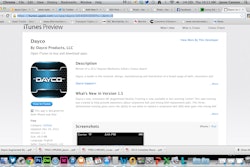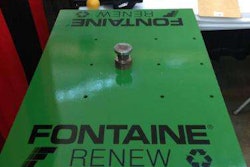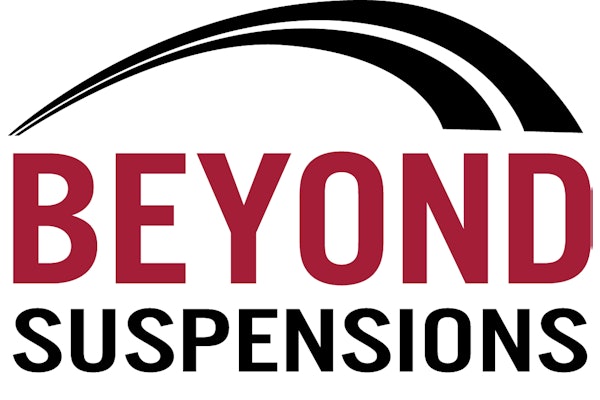Hendrickson says there are four specifications required to obtain the correct U-bolt.
- Type of bend (round, semi-round, square, etc.)
- Length of legs (from inside highest point to end of the thread)
- Thread size and pitch (fine thread UNF, coarse thread UNC)
- Width (inside legs.
Rolled Threads vs. Cut Threads
Hendrickson says it uses only rolled threaded U-bolts. A rolled thread provides better thread structure than a cut thread. Rolled threads also have a better surface quality, allowing applied torque to go directly to clamping force.
Use the Right Tool
Ensure that a calibrated torque tool is used and that a torque value is specified, the company says. Be aware that certain automatic tightening tools can result in the variations in torque value and preload of bolts. Hendrickson says avoid this by using a calibrated torque tool for the final tightening torque inspection.
Other tips from Hendrickson
- Maintaining proper torque at all time is key for suspension performance, durability and safety.
- Over tightening can be just as damaging as under tightening.
- Under tightened U-bolts and torque rod bushing fasteners can cause damage to mating components.
- Flange fasteners vs. locknuts and washers, as well as fasteners with different torque coatings, have different torque values. Due to the larger diameter bearing faces, flange-headed bolts require a higher tightening torque because more torque is dissipated by friction.
- To achieve a uniform U-bolt tension, the locknuts should be tightened in a crisscross pattern in 50 lb. increments. A good tightening sequence ensures an even preload distribution is achieved in the joint.










